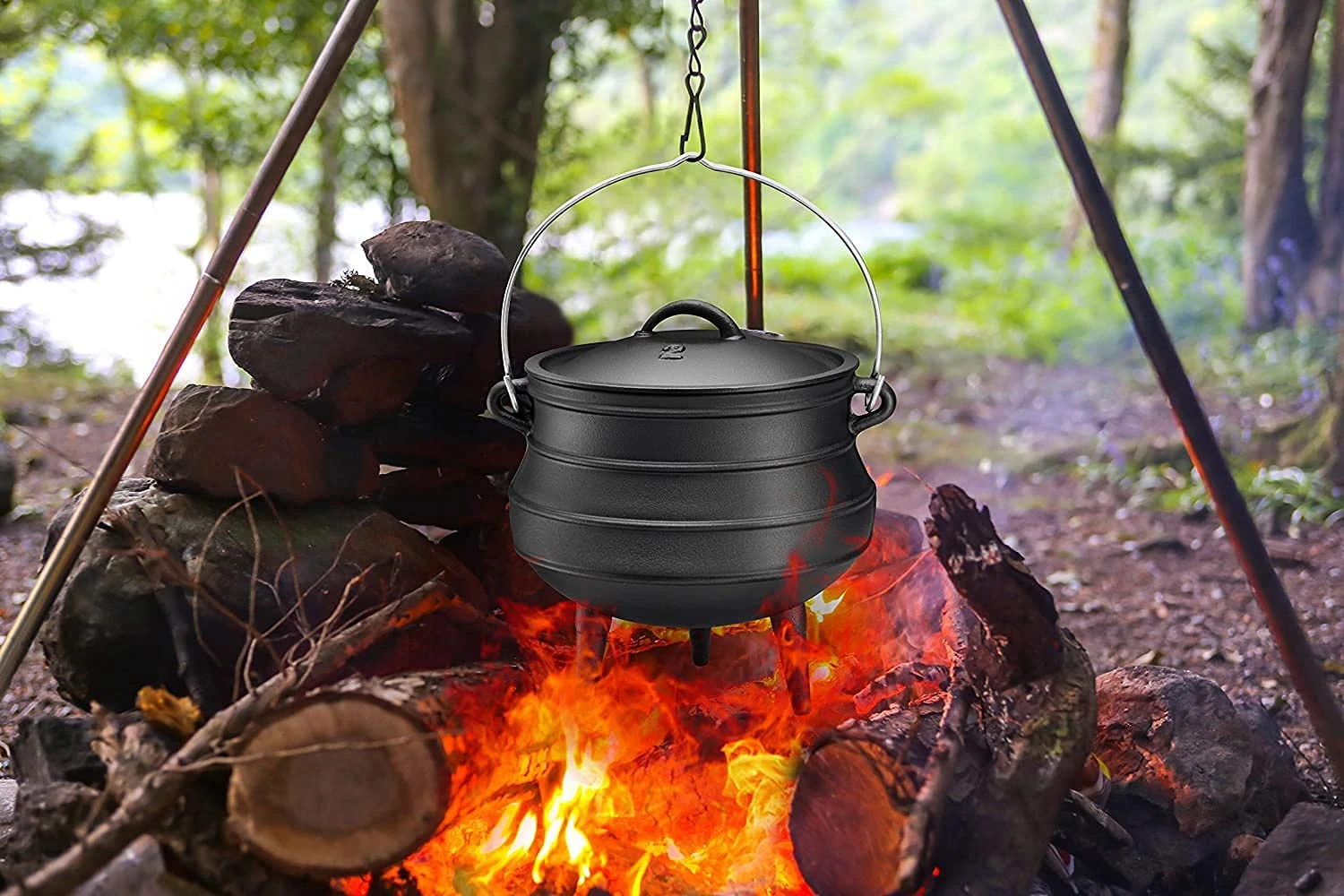
Best Practices for Handling Cast Iron Pan Safely and Effectively
The Cast Iron Pan Handle A Culinary Essential
When it comes to cooking, few kitchen tools are as revered and versatile as the cast iron skillet. Renowned for its heat retention and even cooking, this kitchen staple is beloved by chefs and home cooks alike. However, one often overlooked component of the cast iron pan is its handle. This seemingly small feature plays a significant role in both the functionality and safety of using a cast iron skillet.
Understanding the Cast Iron Handle
The handle of a cast iron pan is typically made from the same robust material as the skillet itself—cast iron. This means that, like the pan, it is designed to withstand high temperatures and provide excellent heat retention. However, because it is also a component that is frequently touched, manufacturers often consider ergonomics and usability when designing the handle.
A well-designed cast iron pan handle should fit comfortably in the hand, allowing for a firm grip even when the skillet is hot. Some handles come with a slight curve or contour that conforms to the natural shape of a hand, enhancing the user experience. Additionally, many cast iron pans feature a helper handle on the opposite side, providing extra support when lifting or maneuvering the pan, especially when it is filled with food.
Safety First
One of the most important aspects of the cast iron pan handle is safety. Cast iron retains heat exceptionally well, which means that the handle can become extremely hot during cooking. Many manufacturers address this by adding materials such as silicone or heat-resistant coatings to the handle, allowing for safer handling. For those who prefer the classic look of bare cast iron, using a pot holder or oven mitt is essential to avoid burns.
cast iron pan handle

When purchasing a cast iron skillet, it is crucial to consider the design of the handle. Look for features that promote safety and comfort during use. Also, keep in mind that the weight of cast iron pans can vary, and a sturdily constructed handle can make a noticeable difference when lifting and pouring.
Maintaining Your Cast Iron Pan Handle
Maintaining the integrity of your cast iron handle is vital for the longevity of the skillet itself. One common issue with cast iron cooking ware is rust, which can affect both the cooking surface and handle. To prevent rust, always ensure your skillet is thoroughly dried after washing. A thin layer of vegetable oil can be applied to the handle to create a protective barrier against moisture.
Another point to consider is the seasoning of the cast iron. Seasoning involves coating the surface with oil and baking it to create a non-stick layer. This not only improves the cooking performance but can also protect the handle from moisture and rust. Regular maintenance of your cast iron is key to keeping it in working order, ensuring the handle remains strong and reliable for years to come.
Conclusion
In the grand scheme of culinary tools, the cast iron pan handle may seem like a small aspect. However, it is a pivotal feature that impacts the cooking experience. From its ergonomic design to its critical role in safety, the handle of a cast iron skillet is an essential component that should not be overlooked. When selecting a cast iron skillet, consider the design and functionality of the handle to ensure it meets your cooking needs. With the right skillet in hand, you can create delicious meals while enjoying the timeless tradition of cast iron cooking. Whether you're sautéing vegetables, frying an egg, or baking cornbread, the right cast iron pan handle will make all the difference.
-
High Quality Cast Iron Pancake Crepe Pan - ZD Cookware | Durable, Non-Stick, Wooden HandleNewsJul.13,2025
-
High Quality Cast Iron Cookware - ZD Cookware|Durable Heat Retention&Non-Stick SurfaceNewsJul.13,2025
-
Cast Iron Pancake Crepe Pan-Durable Kitchenware-ZD CookwareNewsJul.13,2025
-
Premium Cast Iron Cookware ZD Cookware|Durable Non-Stick Wooden HandleNewsJul.13,2025
-
Durable Cast Iron Pancake Crepe Pan - Zhejiang ZD Cookware Co., Ltd.|Heat Retention,Durability,Non-Stick Surface,Versatile Cooking,Wooden HandleNewsJul.12,2025
-
High Quality Cast Iron Cookware - ZD Cookware | Black Pancake Pan, Non-Stick SurfaceNewsJul.12,2025


